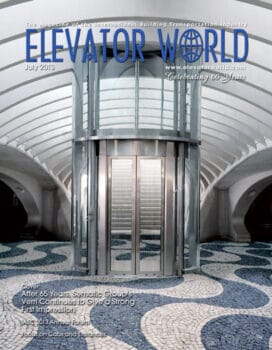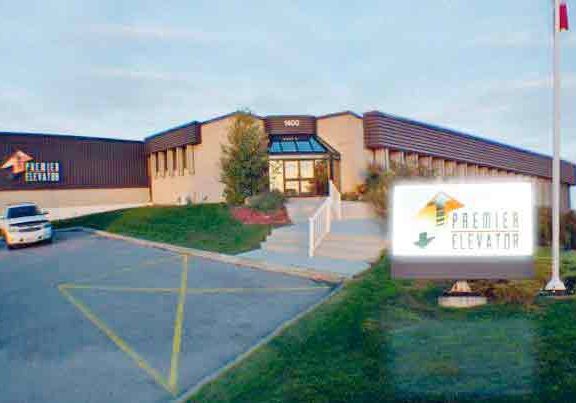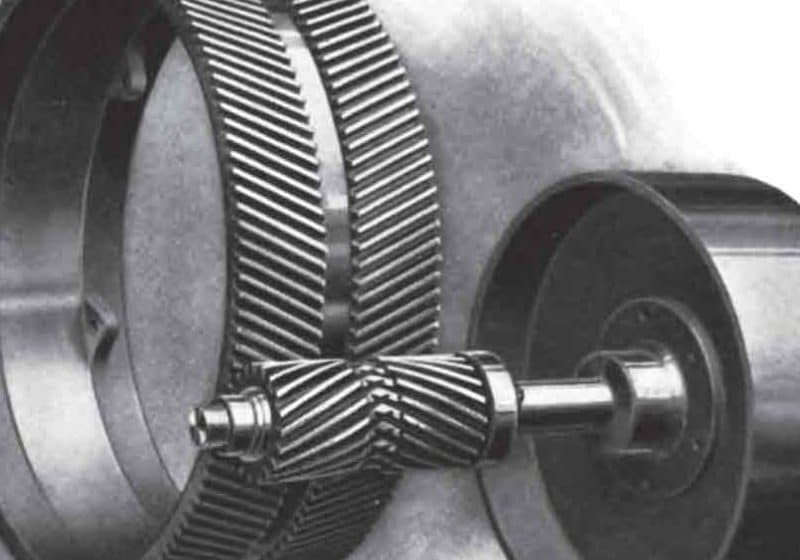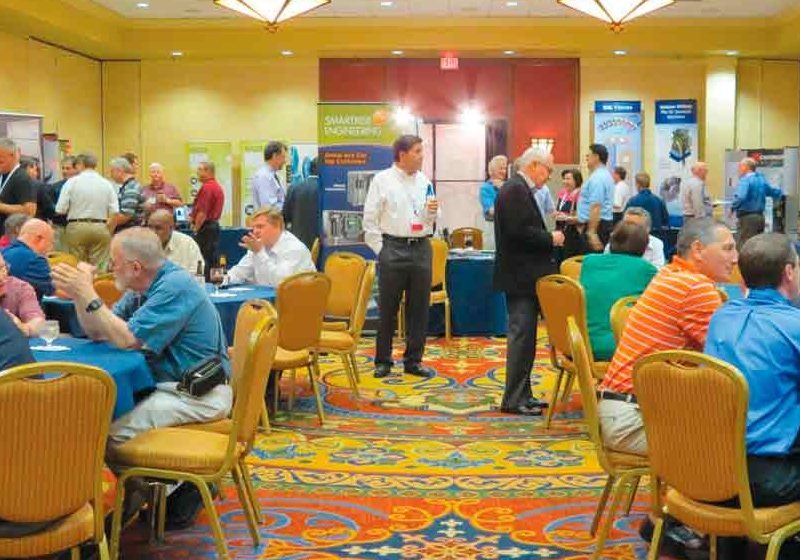Employers in the elevator and escalator industry take many precautions to protect their workers against safety hazards known to exist in the trade. One important step taken by most industry companies is to have a written safety and health program, containing safe work rules, which, if followed, should prevent employees from being exposed to the most common hazards. The Field Employees’ Safety Handbook, published by the National Elevator Industry, Inc. Safety Committee and Elevator World, Inc. and available at website: www.elevatorbooks.com, is a model program used by many companies as their safety and health programs. Other large companies in the trade have created their own written safety and health programs for their employees. In either case, having written safe work rules and procedures is only the first step – providing some sort of training in those rules and procedures is indispensable to ensuring field employees know and follow them on a daily basis.
Even the most clairvoyant employer cannot predict all of the circumstances and hazards his or her field employees may encounter. Therefore, training employees to perform job hazard assessments (JHAs) or scans during the workday can be a very helpful tool. JHAs help field employees identify hazards that may arise when certain tasks are performed, and identify the steps or protective equipment needed to eliminate or avoid those hazards. Obviously, one area any JHA should cover in the elevator and escalator industry is whether the task will create any exposure to a potential fall hazard.
Given that the invention of the elevator made possible the birth of the skyscraper, fall hazards have always been a part of the industry. Unfortunately, because fall hazards are so common (and field employees quickly become used to working in their presence), it is easy for workers to become complacent. Complacency results in a loss of caution when performing routine tasks in and around elevator hoistways and car tops. Your author, unfortunately, has seen a number of serious injuries and fatal accidents in the elevator and escalator industry. Although my evidence is far from scientific, my experience has been that newer workers are not predominately involved in these life-altering accidents. It is the highly experienced worker who, for example, having seen it all during his 25-year career as an elevator mechanic, is apt to think an accident won’t happen to him. Unfortunately, it only takes a split second for that misguided attitude to cause an accident and alter a family’s life forever.
Fall hazards are a prime candidate for complacency. According to OSHA, out of 774 deaths in construction in 2010, falls accounted for 264 of them. For this reason, fall protection is one of the major topics covered by all elevator-company safety training programs. The type of fall protection acceptable, and when it must be used, varies depending upon the work being performed. The typical situation envisioned in the elevator industry is during construction work. OSHA’s construction fall-protection standards, starting at 29 C.F.R. § 1926.500, set forth a number of hazardous situations and the requirements to protect against falls. They include floor holes and openings, hoist areas, wall openings and generic “working surfaces.”
In general, in construction a fall hazard is present when there is the potential for a fall of 6 ft. or more to a lower level. If this possibility exists, the worker must be protected by some sort of system, such as guardrails or a personal fall-arrest system (PFAS). Most companies design their fall-protection requirements around those basic principles. Fall-protection considerations are much more complicated than that, however. Whether PFAS or guardrails, they must meet specific OSHA design and performance requirements. As an example, the Field Employees’ Safety Handbook sets forth the criteria PFASes and guardrails must meet to comply with OSHA standards. Failing to achieve any of the criteria exposes an employer to OSHA violations and penalties. A top guardrail that is 38 in. high, for example, is a violation. “Close” to the required height is not an acceptable excuse to an OSHA inspector with a standard that gives precise specifications that must be achieved.
But it is not just a matter of protecting against the major falls into hoistway openings or from working platforms. Holes in floors or roofs also expose an elevator contractor to violations of OSHA’s fall-protection standards. It does not matter that an elevator contractor has nothing to do with creating those holes and no ability to fix them. If an OSHA inspector thinks the elevator crew walks anywhere near those holes at any time during work (even if those holes are barely big enough to catch a foot), he or she will likely cite the employer for failing to protect its workers against those holes. Under these circumstances, the elevator company’s lead mechanic would be wise to tell the general contractor (or inform a supervisor to do this) about the situation and avoid the area, if possible. At that point, the company would at least be able to argue it did what it reasonably could do under the circumstances, and that a citation is not warranted.
Missing stair rails are another trap for unwary elevator companies. Many times, OSHA has cited an elevator company for missing guardrails on a set of stairs in a part of a building nowhere near where the elevator construction work is occurring. Guardrails represent an easy target for an OSHA inspector. For example, the drywall contractor has removed the rails to perform work on the stairway, but through some oversight, the stair rails were not reinstalled. Most trades will be using the stairs to move up and down the building to perform their work, thus being potentially exposed to the fall hazard created by the missing rails. OSHA, under its “multi-employer worksite” citation policy, can cite any employer that creates, controls, can correct or has its employees potentially exposed to a violation.
Thus, in one stroke, OSHA can cite multiple employers on the construction site for a serious fall-protection violation, with potentially several thousand U.S. dollars each for the penalty. Never mind the elevator construction crew was probably the only group not using (or likely to use) the stairs, because it was moving up and down the hoistway on some type of running platform. That is an argument for the courtroom, where no employer wants to find itself. For this reason, it is important that elevator-industry field employees are trained to report unsafe conditions they may see while working, even if they neither created, nor can fix them. Such an act gives the employer a defense to any OSHA citation based on those conditions.
Another last observation is that OSHA’s regulations draw a distinction between what constitutes a fall hazard in construction and non-construction (“general industry”) work. As stated, in construction, a fall hazard is a potential fall of 6 ft. or more to the next lower level. For work that is not construction, however, OSHA has entirely different fall-protection standards, such as at 29 C.F.R. § 1910.23, which defines a potential fall hazard as a fall of just 4 ft. or more to the next level. Although elevator-industry safety programs call for the use of fall protection wherever a fall hazard exists, they tend to define a fall hazard as existing only when a fall of 6 ft. or more is present, reflecting the construction-industry fall protection standards. This difference could theoretically be important, because OSHA could consider service, maintenance or inspection work to be non-construction or general-industry work. Thus, it’s possible to picture a scenario in which a service mechanic, standing in front of an open hoistway door on the first landing (with the car out of service somewhere above him) is above a 5-ft.-deep pit (not an uncommon depth). This would not trigger a fall-protection system requirement for many elevator contractors, but depending on the work being performed and the fall protection standards that apply, OSHA could still try to cite the employer for failing to require its service mechanic to use fall protection, because he was exposed to a fall of more than 4 ft.
In short, the basics of fall protection are not complicated, but as with all subjects controlled by administrative agencies like OSHA, there are many pitfalls (pardon the pun) for the unwary. This column has not even touched upon scenarios such as the working platforms used in modern, efficient construction techniques, where the final permanent platform is installed in the hoistway and the employees ride it upon the final, permanent rails. Such devices were never contemplated when OSHA first created its fall-protection standards and scaffolding standards, and OSHA has had difficulty trying to force them into existing regulatory criteria. OSHA has failed to recognize the unique design and safety features of such devices, instead trying (fortunately, unsuccessfully) to impose various fall-protection and installation criteria contained in standards for old technology such as adjustable suspension scaffolds, as if this modern elevator platform were something ridden by a windowwasher outside a building. Technology advances and free enterprise adapts, but the government seems to be the last to know.
Get more of Elevator World. Sign up for our free e-newsletter.









